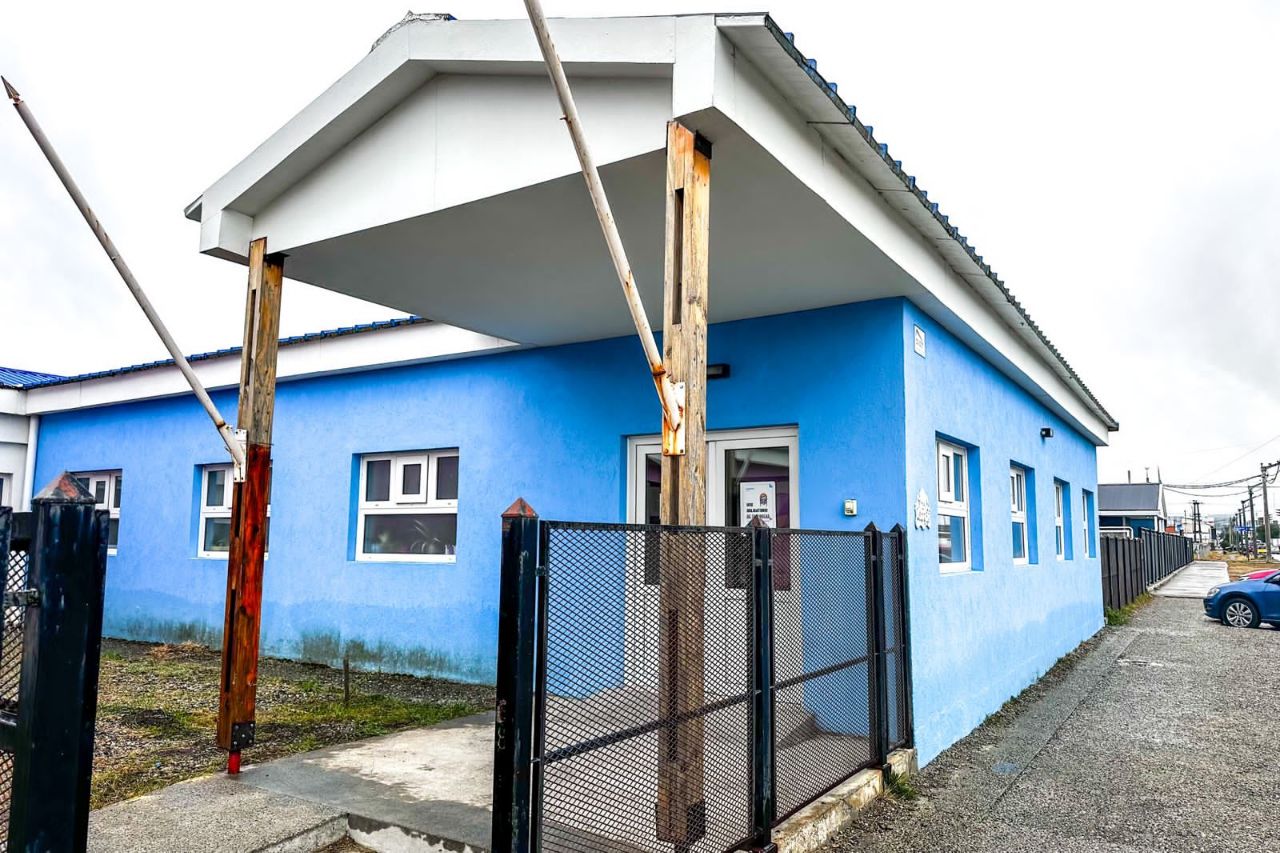Madrid, 3 (European Press)
A study by the Southwest Research Institute (SwRI), published in the Planetary Science Journal, suggests that these “building blocks” could guide future work on models of planetesimal formation.
NASA’s New Horizons spacecraft conducted a close flyby of Arrokoth in 2019. From that data, 12 mounds were identified at Wino, the largest lobe of Arrokoth, that have roughly the same shape, size, color and reflectance. They also tentatively identified three other ridges in the smaller lobe of the body, the YU.
“It’s surprising to see that this object is so well preserved that its shape directly reveals these details of its assembly from a group of very similar building blocks,” said Dr. Will Grande of Lowell Observatory, co-investigator of the New Horizons mission. “Arrokoth looks almost like a berry, and it’s made of little subunits.”
The geology of Arrokoth supports the flow instability model of planetary formation, where impact velocities of only a few kilometers per hour allowed objects to gently accrete to build Arrokoth in a local region of the solar nebula that was undergoing gravitational collapse.
“The similarities, including sizes and other characteristics, in the structures of the Arrokoth Mounds suggest new insights into their formation,” Alan Stern, principal investigator for the New Horizons mission, said in a statement.
“If the ridges indeed represent the building blocks of ancient planetesimals like Arrokoth, then models of planetesimal formation should explain the preferred size of these building blocks,” he added.

:quality(70)/cloudfront-us-east-1.images.arcpublishing.com/metroworldnews/CYTPE5RUTNDT7ET2OK5VVBTNPY.jpg)



